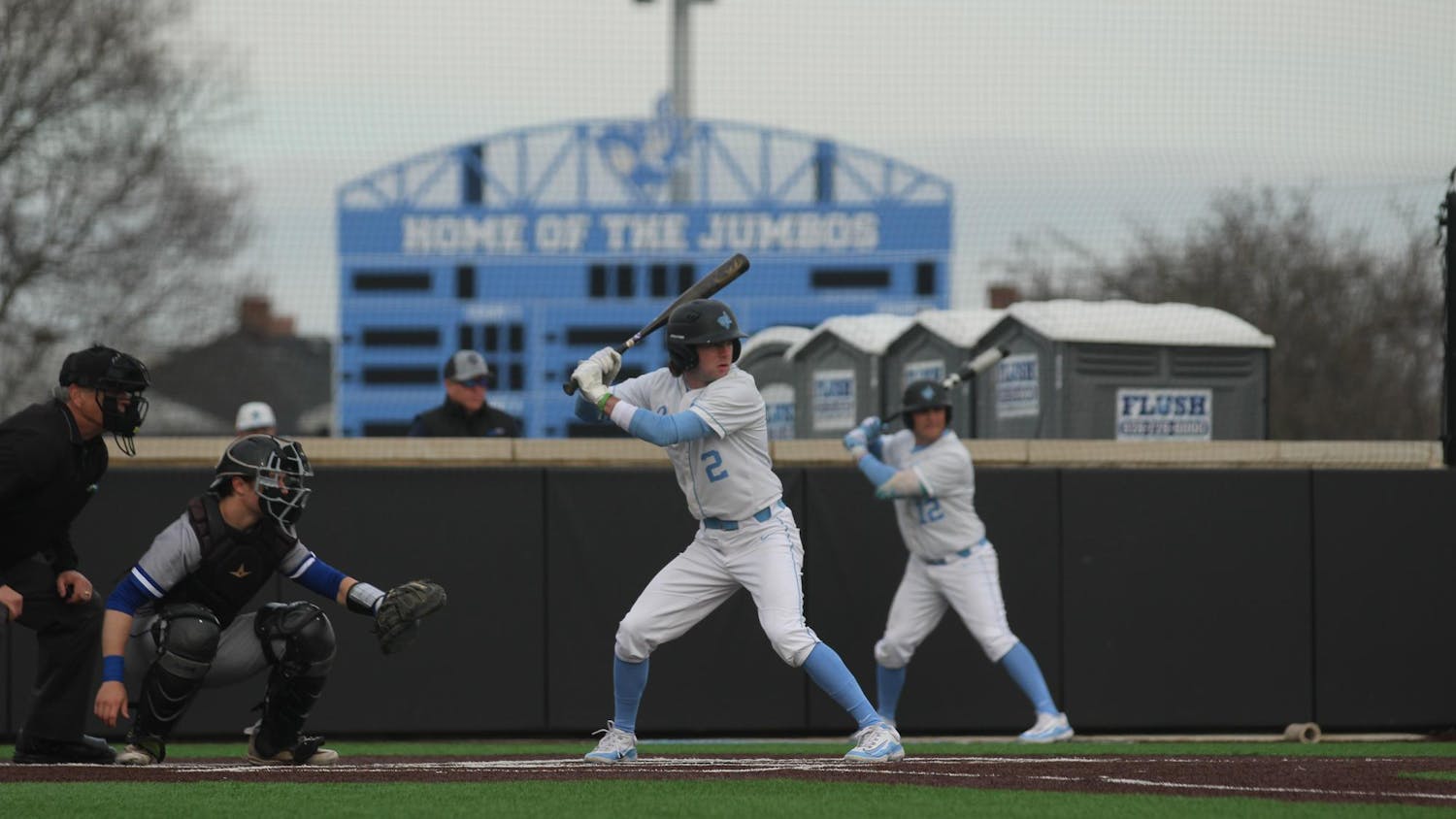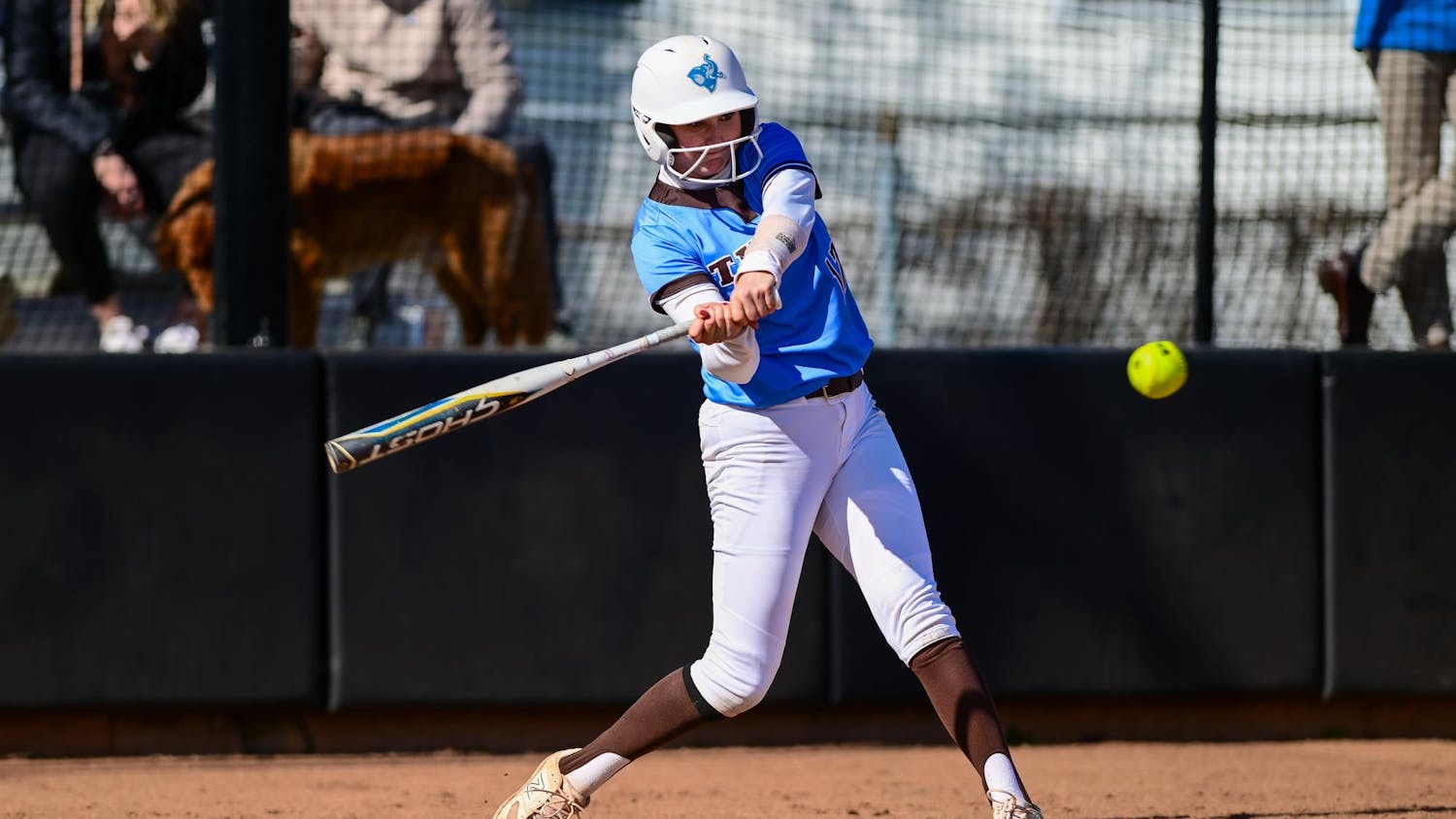I love the Winter Olympics. I love the patriotism involved, I love seeing the world's best athletes compete with so much on the line, and most of all, I love seeing all the obscure sports that I would never watch otherwise: short track speedskating, ski jumping, the biathlon, hockey.
Wait … hockey?
That's right, Canada. To me, ice hockey is on the same level as Nordic combined — a sport I'll watch only once every four years.
Part of it, as I said, is the patriotism involved. If I have the time, I'll sit through curling if an American has a decent chance at winning it. Plus, the "Miracle" (2004) effect — the fact that U.S. hockey is almost always a relative underdog — certainly has something to do with it too.
But mostly, it's because I respect the sport of Olympic hockey far more than I do the NHL version. And it all comes down to one simple thing: the presence of fighting.
The fact that the NHL allows — even encourages — its players to fight makes it less than a sport to me. It makes it a joke.
When two players drop the gloves, the referees skate around them, looking as helpless as WWE officials allowing wrestlers to hit each other with steel chairs and suplex each other through tables. Eventually the hockey refs will stop the fight, just like the WWE refs will eventually signal for the bell to be struck (unless it's a hardcore match — then anything goes).
But why is fighting so prominent in the first place? I should not be able to compare the NHL, a "sports" league, to the WWE, a theatrical entertainment company.
A lot of people say that fighting should be allowed because it keeps people watching. "It's just like waiting for a car crash in NASCAR." But there's an important difference: NASCAR does not want its drivers to crash, and it will go to great, ratings−damaging lengths to make sure it does not happen. That was the case over the weekend, when the Daytona 500 was delayed two times for a total of two hours and 24 minutes because of a pothole in the track.
The NHL, in contrast, purposely allows its players to be put in danger. Any sports fan will remember the Todd Bertuzzi−Steve Moore episode in 2004, when Bertuzzi punched Moore in the back of the head and landed on him as Moore slid face−first along the ice. Moore suffered a broken neck and a concussion, among other injuries. He has not appeared in a hockey game since the incident.
Obviously, what Bertuzzi did was despicable, but the NHL bears some of the responsibility too for fostering such a dangerous culture. Nothing like that would happen in another major sports league because the rules of appropriate behavior are perfectly clear. In the NHL, the line is too gray — just ask Bruins fans how they feel about the acceptability of Scott Walker's sucker punch of Aaron Ward in the playoffs last year.
The difference between fighting and a delay−of−game penalty in the NHL is three extra minutes in the penalty box. In the NFL, a delay of game means a five−yard penalty for the offense, while fighting means ejection, potentially heavy fines and possible suspension (oh, and 15 yards).
I realize that the NHL has gone through tough times over the past few years and that penalizing fighting more appropriately would probably be met with a lot of disdain from fans. But ratings and attendance shouldn't prevent the league from doing what's right — for both the safety of the players and the sake of promoting proper sportsmanship.
To the hockey traditionalists out there, watch the Olympic Games and tell me that you can't enjoy it as much because there are no awkward, unbalanced punches being thrown by men on skates. If you really find that it's less entertaining, maybe you should take up an interest in ultimate fighting.
--
David Heck is a senior majoring in philosophy. He can be reached at David.Heck@tufts.edu.





